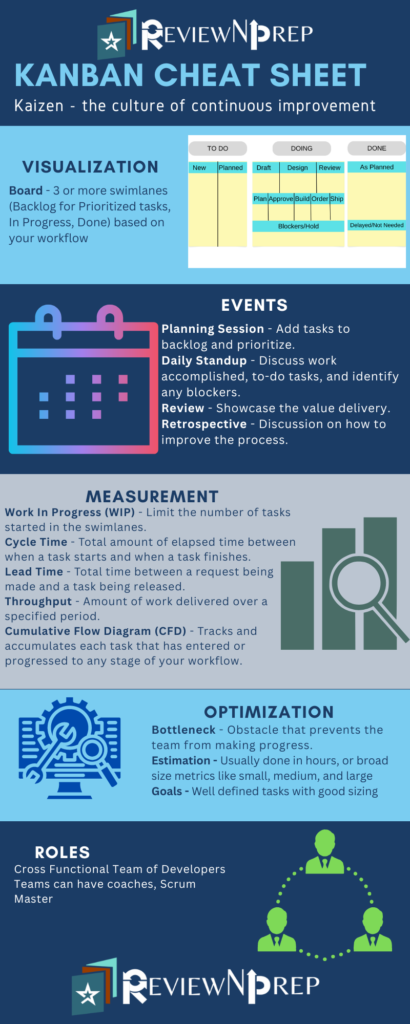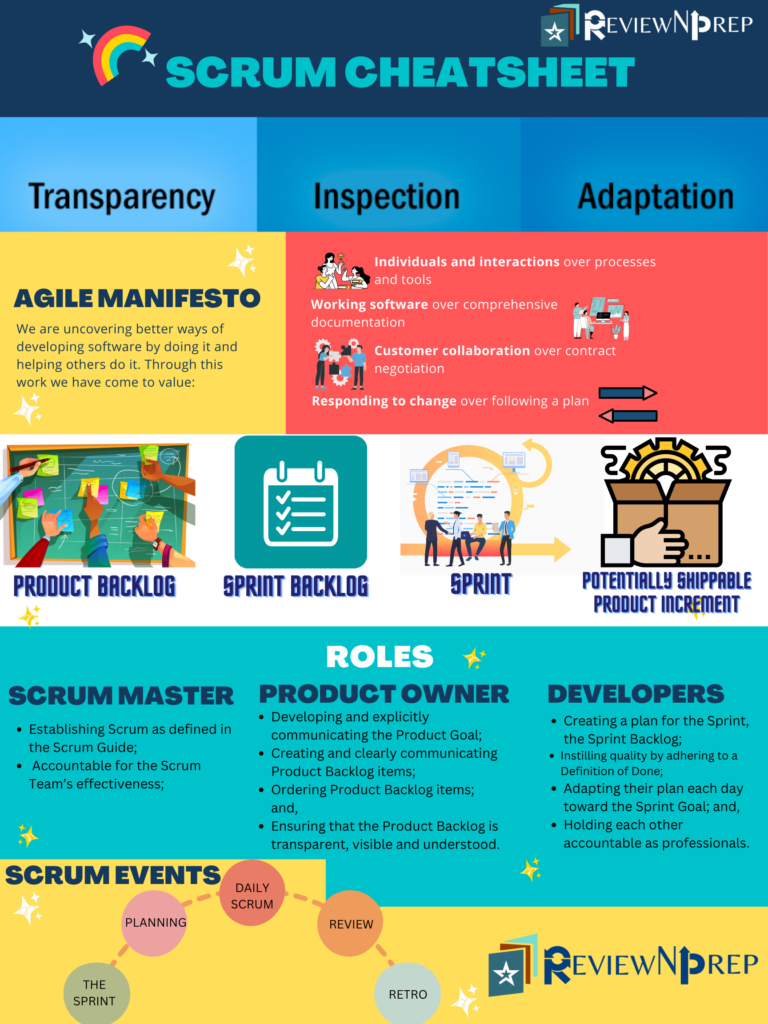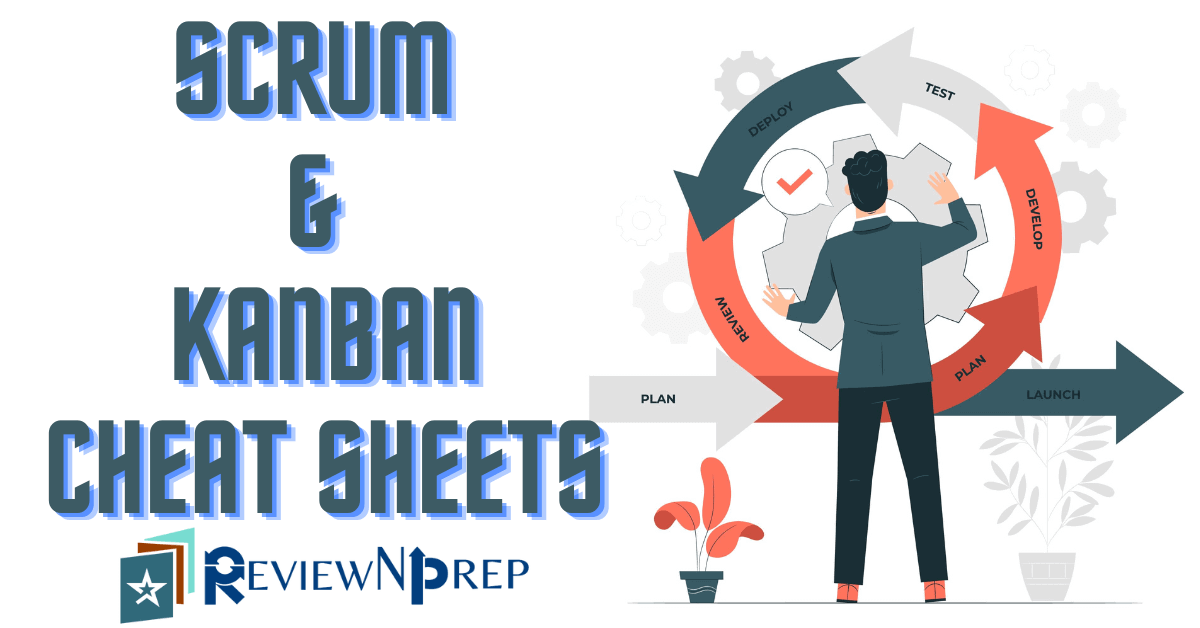|
|
Are you trying to decide which system is best for your team’s workflow? Do you need to choose between Scrum and Kanban?
The Agile project management method has been gaining momentum in recent years, as more companies are recognizing its ability to provide greater efficiency and flexibility when managing complex tasks. Scrum and Kanban are two of the most popular agile tools that have risen in popularity.
Table of Contents
What is Kanban?
Kanban is a set of principles that are used to reduce waste and optimize flow in businesses. The Kanban method emphasizes visualizing work, limiting work-in-progress (WIP limit), and using feedback loops to constantly improve the business process like cycle time and lead time.
Download Kanban Cheat Sheet

What is Scrum?
Scrum is a method that has been popularized by the software development community. It is a product development methodology that focuses on creating a product in a fixed, planned sequence of steps, with each step being completed by a designated “team”. The goal of scrum is to achieve a product that is high quality and meets the customer’s needs in a timely manner. There are multiple Agile frameworks besides Scrum. The popular ones are Scaled Scrum, SAFe and LeSS.
Download Scrum Cheat Sheet

Difference Between Scrum and Kanban?
Both systems have their advantages, but there are some key differences between them. Understanding each framework will help you make an informed decision about which system is best for your development team’s unique needs. In this article, we will discuss the similarities and differences between Scrum and Kanban so that you can make an educated decision.
One key difference is that Scrum is a framework for completing complex projects, while Kanban is a tool for managing and improving workflows. Scrum is based on a set of defined roles, events, and artifacts that help teams plan, track, and optimize their work. It uses time-boxed iterations, called “sprints,” to deliver incremental value and gather feedback from stakeholders.
On the other hand, Kanban is a visual system for managing and optimizing workflows. It uses cards and boards to represent work items and their progress through the workflow. The goal of Kanban is to identify and eliminate bottlenecks in the workflow, and to continuously improve the flow of work.
Another key difference is that Scrum teams follow a predetermined schedule of sprints, while Kanban teams can start work on items at any time. In Scrum, the team sets clear goals for each sprint and works to achieve them within the timebox. In Kanban, the team is free to pull work items from the queue at any time, as long as they have capacity. Kanban doesn’t have the concept of sprint backlog.
There are also some differences in the way that progress is tracked in Scrum and Kanban. Scrum teams use a burndown chart to track progress towards their sprint goals, while Kanban teams use a cumulative flow diagram to track the flow of work through the system.
Conclusion
In summary, Scrum is a framework for completing complex projects, while Kanban is a tool for managing and improving workflows. In order to be successful implementing either framework, it is important to note that you need to have a cross-functional team, equipped with multiple skillset(s).
Both Scrum and Kanban agile methodologies focus on delivering value to the customer through rapid iterations and continuous improvement, but they have some key differences in the way they approach project management.
After reading this article, you will have a better understanding of the key differences between Kanban and Scrum methods, and will be able to make a more informed decision about which one is best for your product development process.

